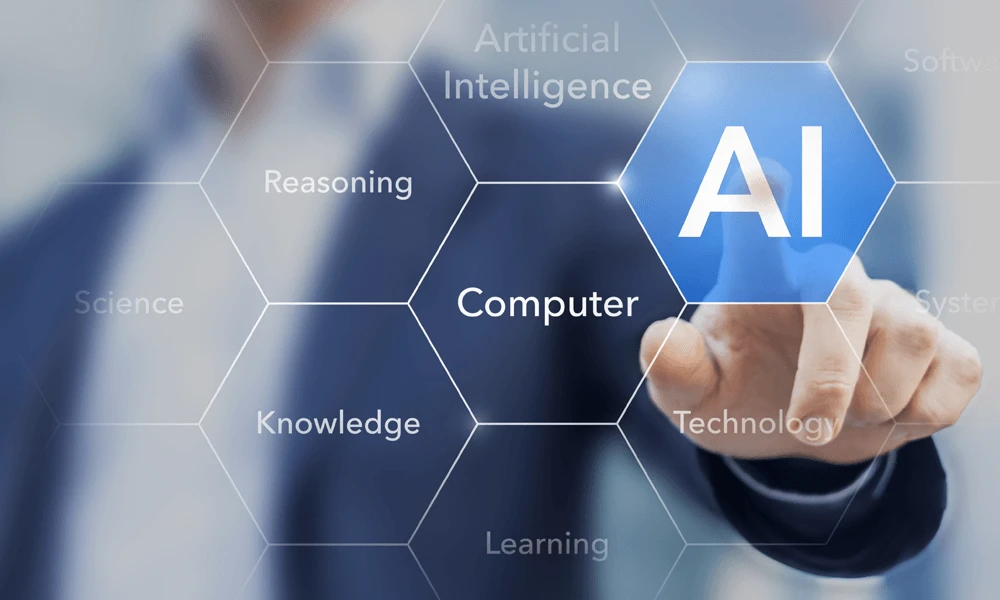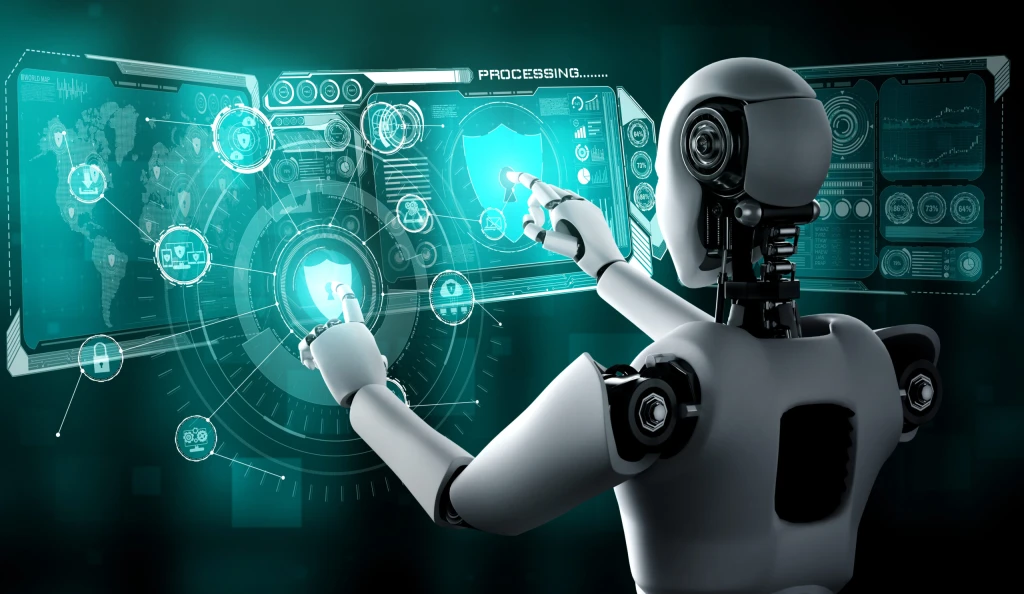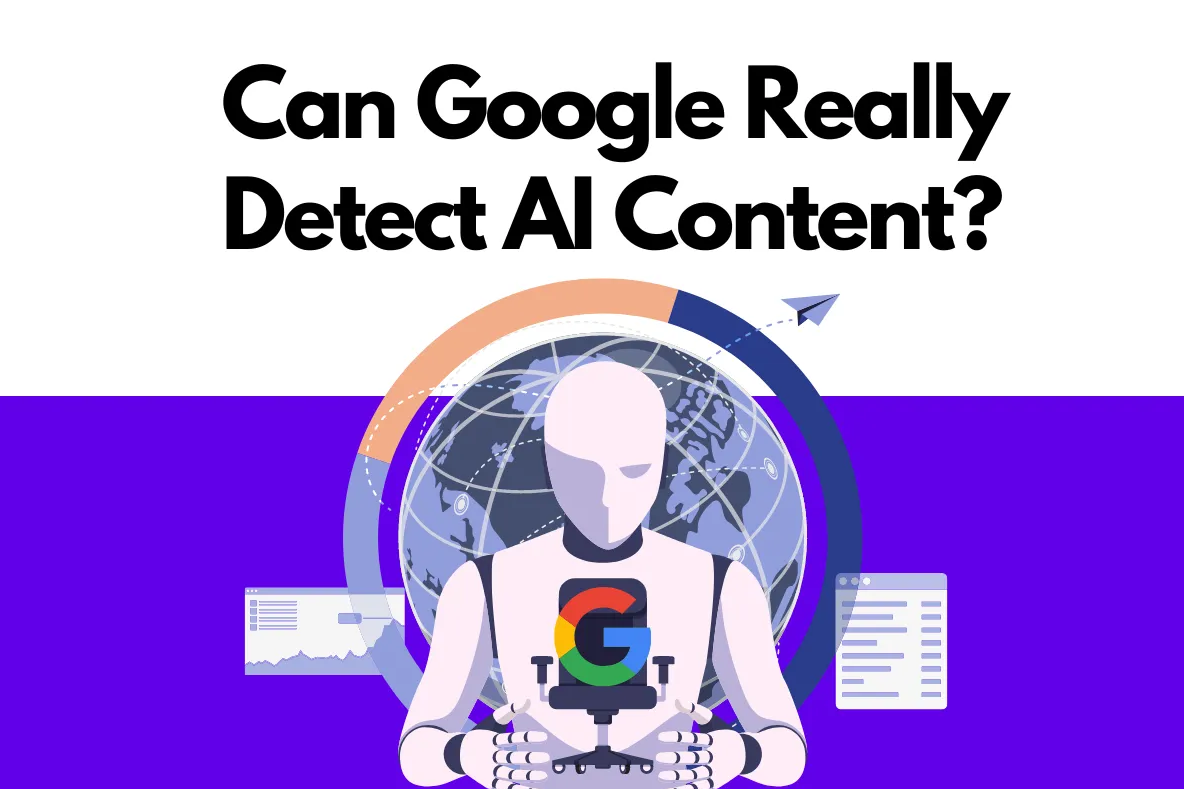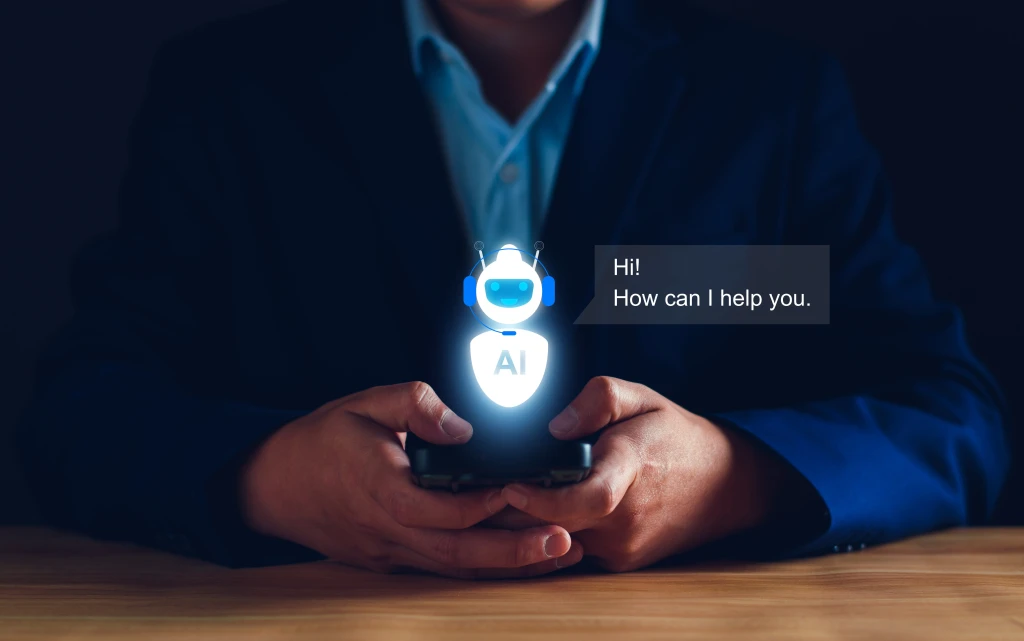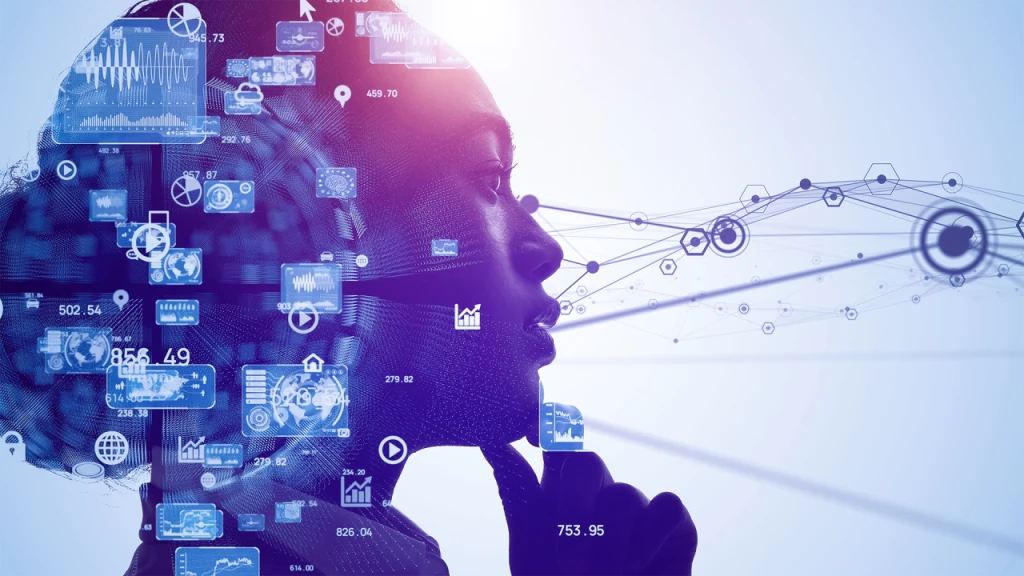Test AI on YOUR Website in 60 Seconds
See how our AI instantly analyzes your website and creates a personalized chatbot - without registration. Just enter your URL and watch it work!
Ready in 60 seconds
No coding required
100% secure
The Evolution of AI: From Concept to Reality
Artificial Intelligence (AI) has transformed from a futuristic concept to an integral part of our daily lives. This blog explores the remarkable journey of AI, highlighting its milestones, applications, and what the future holds.
1. The Birth of AI: Early Concepts and Theories
The idea of AI dates back to ancient myths and philosophical debates. However, the formal foundation of AI was laid in the 1950s when Alan Turing proposed the famous "Turing Test" to evaluate machine intelligence. Early pioneers like John McCarthy and Marvin Minsky coined the term "Artificial Intelligence" and envisioned machines that could mimic human reasoning. The Dartmouth Conference in 1956 is often considered the birthplace of AI as a field of study. During this time, researchers were optimistic, believing that machines capable of human-like intelligence were just around the corner. However, the complexity of human cognition soon revealed the challenges ahead.
2. The First Wave: Rule-Based Systems
In the 1960s and 1970s, AI research focused on rule-based systems, where machines followed predefined instructions to solve problems. These systems, known as expert systems, were used in fields like medicine and engineering. For example, MYCIN, an early expert system, was designed to diagnose bacterial infections and recommend antibiotics. While these systems showed promise, their limitations in handling complex, real-world scenarios became apparent. They lacked the ability to learn from new data or adapt to changing conditions, which restricted their applicability.
3. The AI Winter: Challenges and Setbacks
The 1980s and 1990s saw periods of reduced funding and interest in AI, often referred to as the "AI Winter." High expectations clashed with technological limitations, leading to skepticism. Despite this, research continued in areas like neural networks and machine learning, laying the groundwork for future breakthroughs. During this time, AI researchers faced criticism for overpromising and underdelivering. However, the lessons learned during the AI Winter were invaluable, as they highlighted the importance of realistic goals and incremental progress.
4. The Rise of Machine Learning
The 2000s marked a turning point with the advent of machine learning. Algorithms like decision trees, support vector machines, and later deep learning revolutionized AI. The availability of big data and powerful computing resources enabled machines to learn from data and improve over time, leading to applications like image recognition and natural language processing. Companies like Google and Amazon began leveraging machine learning to enhance their services, from search algorithms to product recommendations. This era also saw the rise of open-source frameworks like TensorFlow and PyTorch, which democratized access to AI tools and accelerated innovation.
Test AI on YOUR Website in 60 Seconds
See how our AI instantly analyzes your website and creates a personalized chatbot - without registration. Just enter your URL and watch it work!
Ready in 60 seconds
No coding required
100% secure
5. Deep Learning and Neural Networks
Deep learning, a subset of machine learning, emerged as a game-changer in the 2010s. Neural networks with multiple layers (deep neural networks) achieved unprecedented accuracy in tasks like speech recognition, computer vision, and autonomous driving. Innovations like convolutional neural networks (CNNs) and recurrent neural networks (RNNs) pushed the boundaries of what AI could achieve. For instance, CNNs revolutionized image processing by enabling machines to identify objects in photos with remarkable precision. Meanwhile, RNNs transformed natural language processing, making it possible for machines to understand and generate human language.
6. AI in Everyday Life: Real-World Applications
Today, AI is everywhere. From virtual assistants like Siri and Alexa to recommendation systems on Netflix and Amazon, AI enhances our daily experiences. It powers self-driving cars, improves healthcare diagnostics, and even creates art and music. The integration of AI into industries like finance, retail, and education demonstrates its transformative potential. In healthcare, AI algorithms can analyze medical images to detect diseases like cancer at an early stage. In finance, AI-driven algorithms are used for fraud detection and algorithmic trading. The possibilities are endless, and AI continues to evolve at a rapid pace.
7. Ethical Considerations and Challenges
As AI becomes more pervasive, ethical concerns arise. Issues like bias in algorithms, data privacy, and job displacement require careful consideration. Ensuring transparency, fairness, and accountability in AI systems is crucial to building trust and maximizing its benefits. For example, biased training data can lead to discriminatory outcomes, as seen in some facial recognition systems. Additionally, the widespread adoption of AI raises questions about the future of work and the need for reskilling the workforce. Policymakers, researchers, and industry leaders must collaborate to address these challenges and ensure that AI benefits society as a whole.
8. The Future of AI: Trends and Predictions
The future of AI is brimming with possibilities. Advances in quantum computing, explainable AI, and general AI (AGI) promise to take intelligence to new heights. AI is expected to play a key role in solving global challenges like climate change, healthcare, and education. Collaboration between humans and machines will define the next era of innovation. For instance, AI could help optimize energy consumption to combat climate change or personalize education to meet the needs of individual students. As AI continues to evolve, it will likely become even more integrated into our lives, transforming the way we work, learn, and interact with the world around us.
10. Conclusion: Embracing the AI Revolution
The evolution of AI from concept to reality is a testament to human ingenuity and perseverance. As we continue to push the boundaries of what machines can do, it’s essential to balance innovation with responsibility. By understanding AI’s past and present, we can shape a future where technology serves humanity’s best interests. The journey of AI is far from over, and the possibilities are limitless. Whether you’re a tech enthusiast, a business leader, or simply curious, now is the time to embrace the AI revolution and explore its potential.
AI is no longer science fiction—it’s a reality shaping our world. Whether you’re a tech enthusiast, a business leader, or simply curious, understanding AI’s evolution is key to navigating the future. Stay informed, stay curious, and embrace the possibilities of AI!
